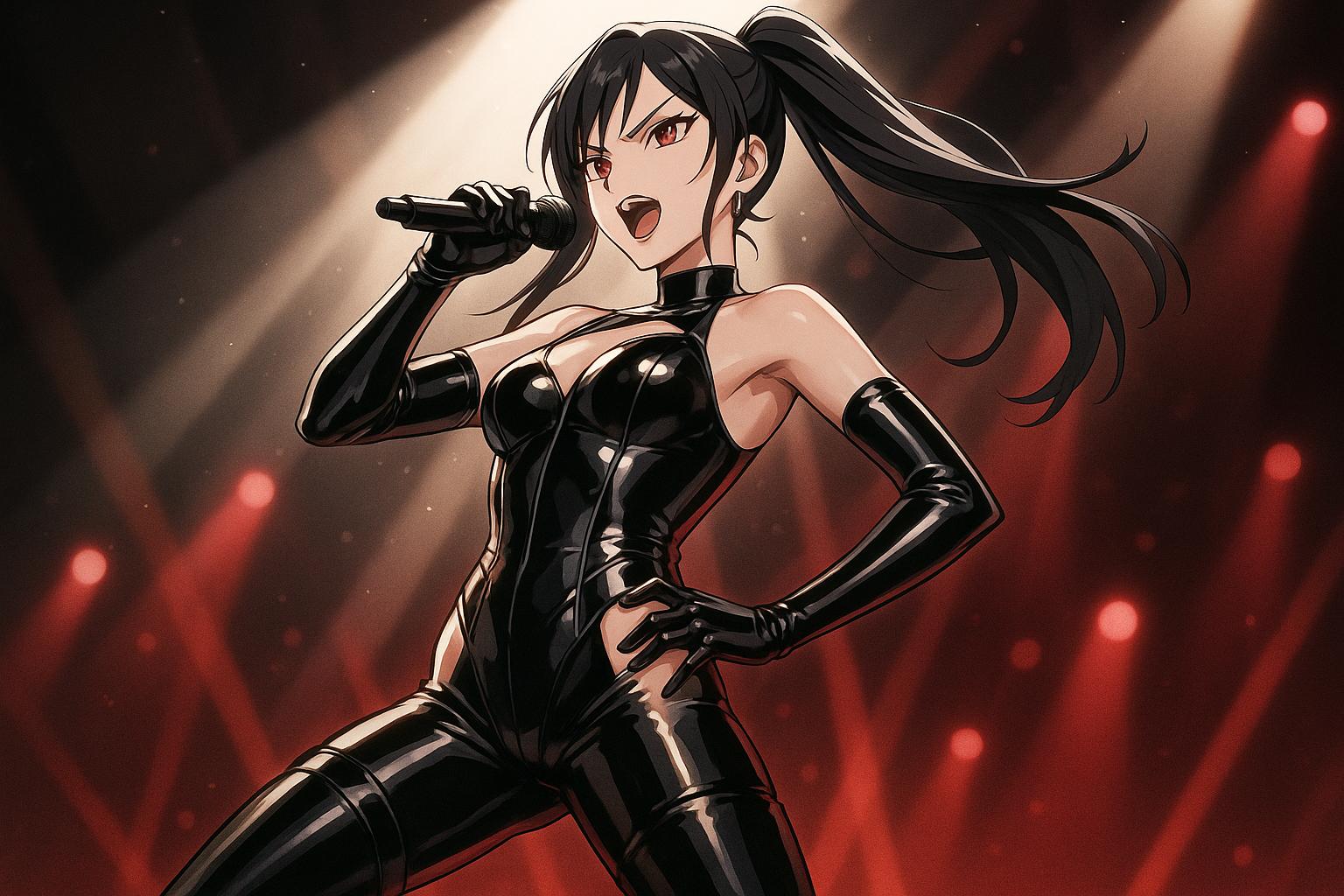This year's Eurovision Song Contest, hosted in vibrant Basel, Switzerland, has ignited a fierce debate among viewers, reigniting discussions about the event's commitment to family-friendly entertainment. A notable shift was evident as several performances featured provocative outfits and content that some fans considered excessive, prompting calls for a rating of 18 or higher. Finland, Malta, and Spain were at the forefront of this controversy, showcasing acts that left little to the imagination.
Finland's entry by Erika Vikman, who performed her song "Ich Komme," set a particularly daring tone. Vikman's choice of a skin-tight black latex outfit paired with risqué choreography was met with mixed reactions, both on social media and within Finland itself. While the song's cheeky lyrics and catchy chorus created buzz, their suggestive double meaning—"Ich komme" translates to "I'm coming"—became a talking point for critics. The Finnish president, Alexander Stubb, even stated his preference for a competing Finnish entry that represented another country, sparking further debate about national pride in the face of artistic expression.
Miriana Conte of Malta also stirred controversy with her eye-catching performance. Her original song title, “Kant,” which means "to sing" in Maltese, was ultimately altered due to concerns it could be misinterpreted in English. This led her to deliver a high-energy performance in a striking leopard print jumpsuit that further pushed the envelope of what is considered appropriate for the contest. BBC commentator Rylan Clark warned viewers that her act would be provocative, and indeed, Conte did not hold back. Even as she's navigated these restrictions, she expressed disappointment over alterations made to her artistic expression, stating that she felt the changes were uncalled for at a celebration intended to showcase cultural diversity.
Similar sentiments emerged from Spain, whose act by Melody was drenched in glamour and sensuality. Her striking gown transformed into a sizzling leotard mid-performance, perfectly capturing the essence of the contest's unabashed theatricality. Critics and audiences alike seemed divided on whether this type of staging enhances the show's excitement or detracts from its inclusive atmosphere.
Amidst these discussions, many fans took to social media platforms, expressing their discontent with the shift from the traditional family-friendly essence of Eurovision to a more risqué spectacle. Notably, one commentator lamented, “Sorry Finland, it's a no,” in response to Vikman's outfit, while others wondered about the double standards present in contest regulations. The European Broadcasting Union, which oversees the contest, has reportedly sought to moderate explicit performances while still allowing artists the freedom to express themselves— a balancing act that has proved challenging.
In the midst of the uproar, both Vikman and Conte defended their artistic choices. Vikman asserted that her stage presence is an expression of empowerment, sharing her journey of feeling constrained by conservative views in her country. She articulated a desire for broader acceptance of diverse performances, remarking, "Half of Finland hates me, half loves me."
This year’s contest also featured stunning performances from Armenia’s Parg and France’s La Zarra, among others, adding layers of complexity to the debate. The dynamic nature of performances can bolster interest in Eurovision, but the challenge remains in aligning this with the expectations and sensibilities of its diverse fanbase.
Ultimately, the ongoing discussion around Eurovision highlights a pivotal moment for the competition—where should the line be drawn between artistic expression and maintaining a tradition that aims to unite through celebration? As the contest evolves, it becomes ever clearer that balancing creativity, cultural representation, and viewer expectations will continue to provoke passionate dialogue long after the last notes are sung.
Reference Map
- Paragraphs 1, 2, 3, 4, 5, 6, 7, 8 - Lead Article
- Paragraphs 5, 6, 7, 8 - Article Summary (2)
- Paragraph 3 - Article Summary (3)
- Paragraph 4 - Article Summary (4)
- Paragraph 2 - Article Summary (5)
- Paragraph 6 - Article Summary (6)
Source: Noah Wire Services
